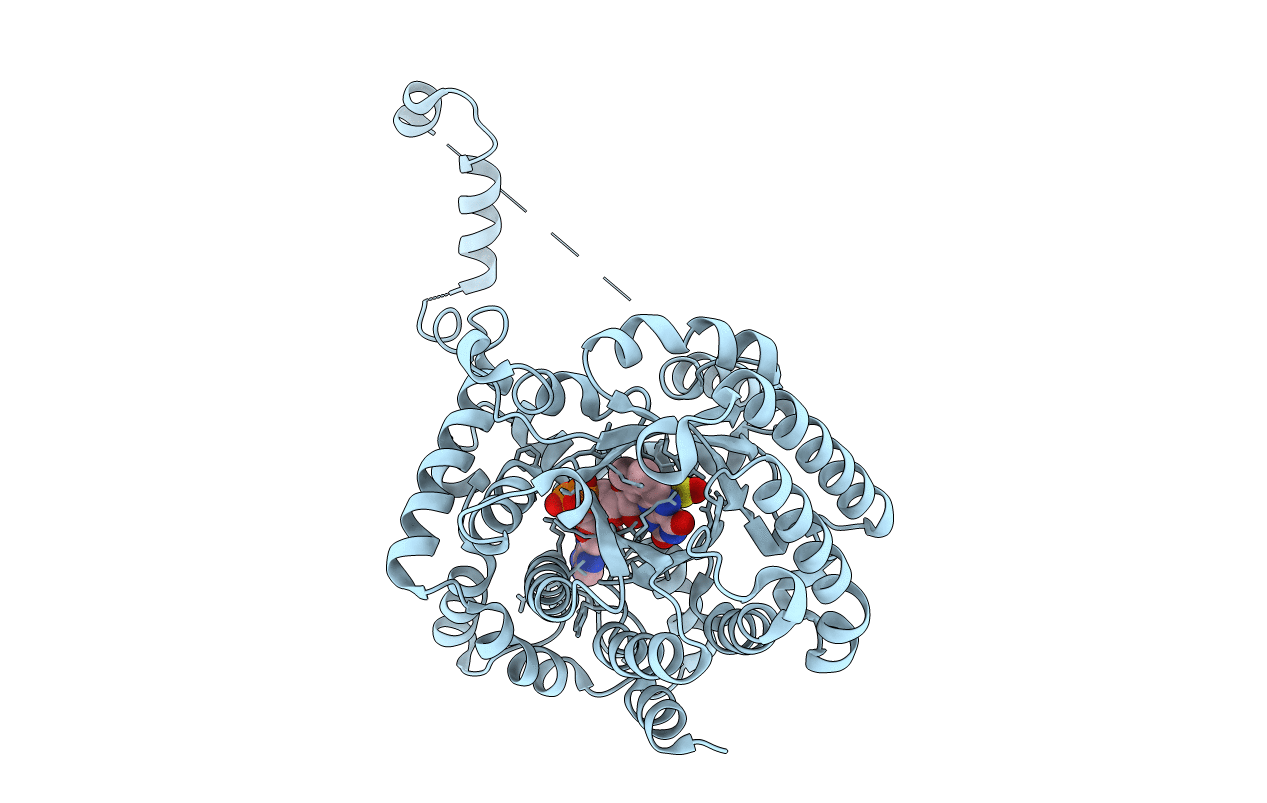
Deposition Date
2006-02-09
Release Date
2007-04-03
Last Version Date
2023-08-30
Entry Detail
PDB ID:
2FZM
Keywords:
Title:
Structure of the E. coli PutA proline dehydrogenase domain reduced by dithionite and complexed with SO2
Biological Source:
Source Organism:
Escherichia coli (Taxon ID: 562)
Host Organism:
Method Details:
Experimental Method:
Resolution:
2.30 Å
R-Value Free:
0.25
R-Value Work:
0.20
R-Value Observed:
0.21
Space Group:
I 2 2 2


